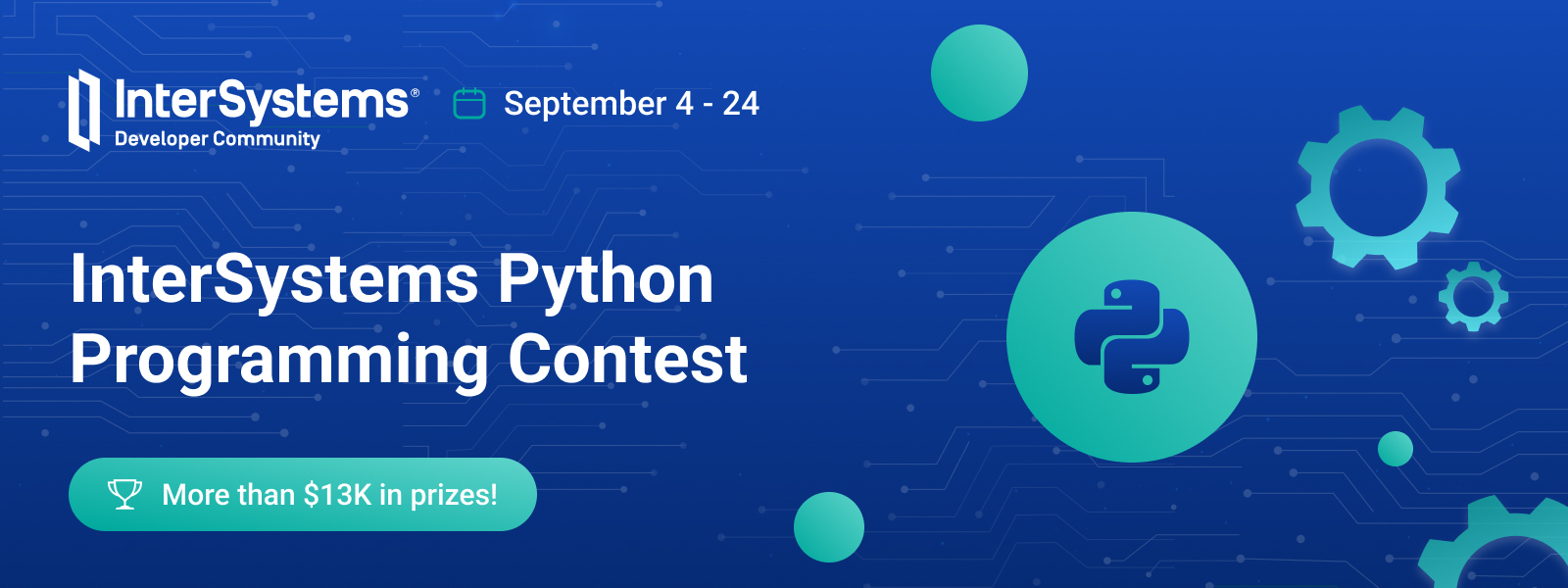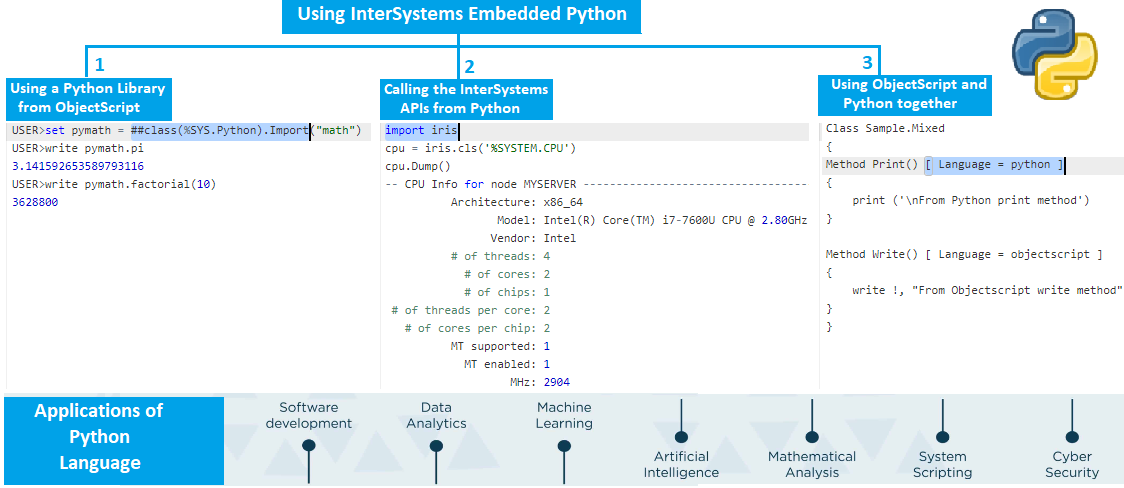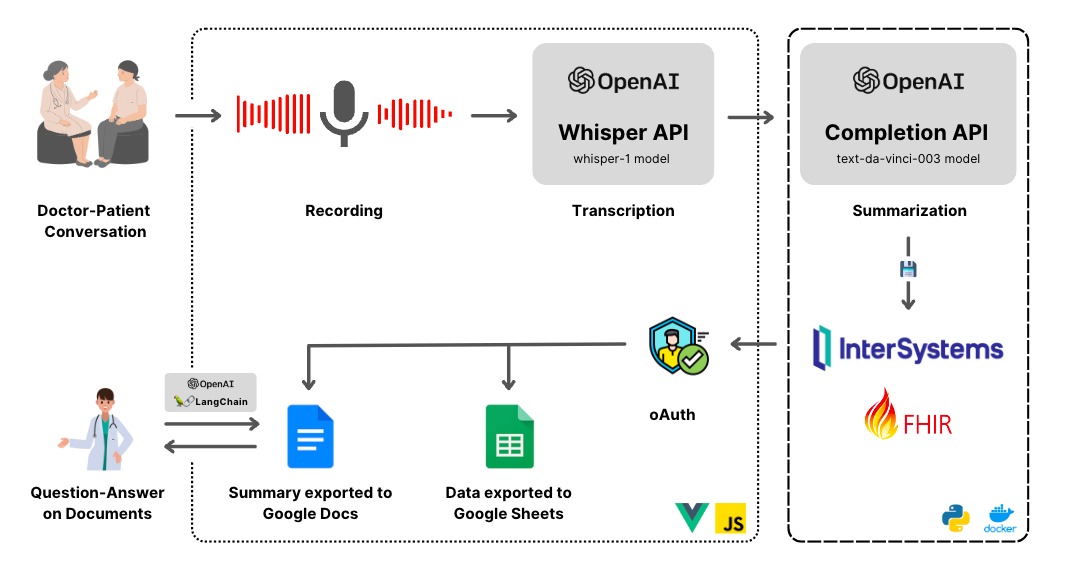MIRROR is the best solution for almost immediate replications to a Failover Server.
The related mechanics are based on Global Journaling.
Globals hold Data and Classes and Routines and more ...
If Mirroring is in place all is in sync. With minimum delays
This is of course rather useful for code changes in Classes, Routines, ....
To what extent is Embedded Python covered by Mirroring?
Or:
What is required to Synchronize EmbeddedPython like Mirroring.

.png)
.png)
.png)

.png)

.png)
.png)
.png)


